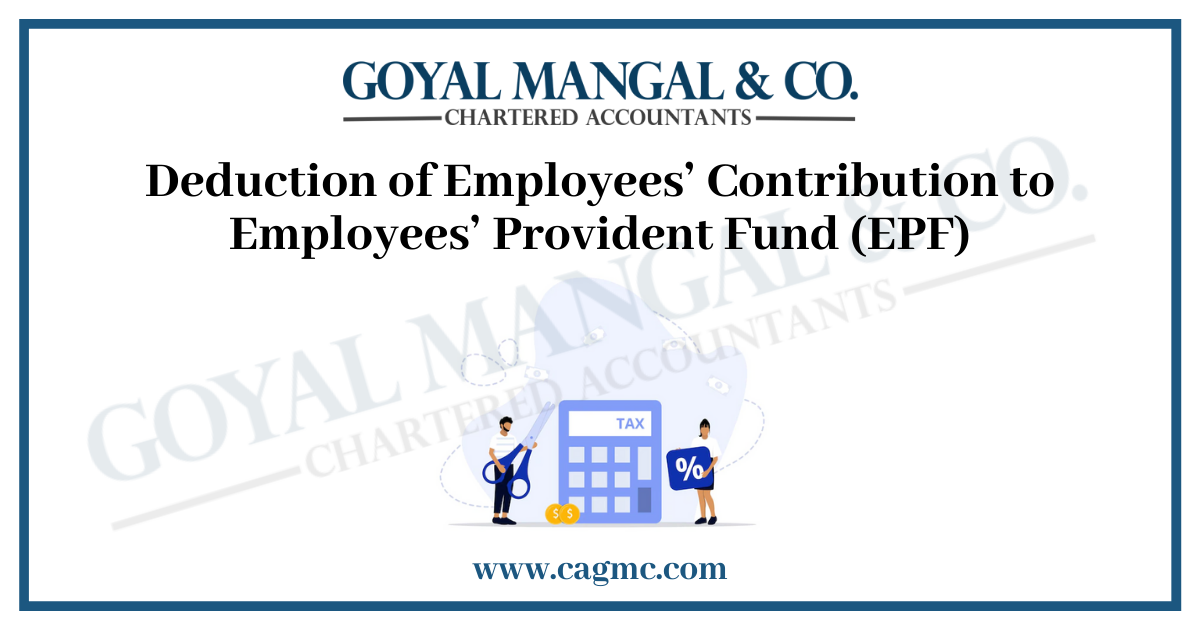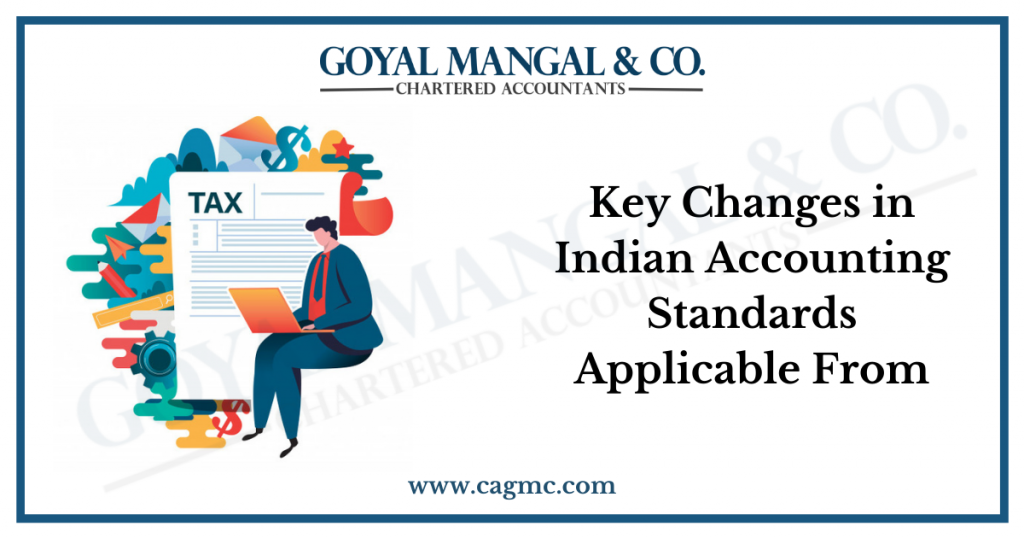
In India, any employee receives pay after the company deducts a specified amount as PF (Provident Fund). The Employees’ Provident Fund (EPF) is one of the most important programs for employees to create a substantial retirement fund. The Employees’ Provident Fund (EPF) was established in 1952 for the benefit of employees. The EPF Act of 1952 governs the scheme, which is administered by the Employees’ Provident Fund Organisation (EPFO). The savings scheme is aimed at paid workers in order to encourage them to save money in order to develop a sizable retirement fund. Let’s go further in this blog to know more about EPF and the Deduction of Employees’ Contribution to EPF.
|
Table of Contents |
What do you mean by Employee Provident Fund?
Employee Provident Fund (EPF) is a retirement savings plan enact by the Employees Provident Fund and Miscellaneous Provisions Act, 1952. Those who are the employees will cover by the programme. This plan attempts to provide an individual with a suitable retirement fund. For salaried employees, it instils the habit of conserving money. Both the company and the employee contribute money to the fund. According to the EPF programme, the employer deducts a specified amount from the employee’s income and puts it in the employee’s EPF account. Employers also contribute to the EPF account of their employees.
When an employee retires, he or she receives a lump sum EPF corpus, which includes the employee’s contribution, the employer’s contribution, and the interest amount credited annually. The interest rate on EPF accounts is frequently evaluate by the government.
Monthly Contributions by Employee and Employer towards EPF
As previously stated, both the employer and the employee contribute equally to the employee provident fund. Based on the employee’s basic income and dearness allowance, the real amount of EPF contribution will calculated. The PF contribution is usually 12 per cent of the basic pay for most employees.
- Contribution of employees to the EPF: Every month, the employer deducts 12 per cent of the employee’s salary (basic + dearness allowance) as an EPF contribution. The entire contribution is deposited into the employee’s EPF account.
- Contribution of the employer to the EPF: In the same way, the employer contributes 12% of the employee’s income to the EPF. The employer’s contribution, on the other hand, will discuss as per the latest rate of 2022 further in this blog.
Rate of Employers contribution to the EPF in 2022

However, in other cases, EPF contributions might be as high as 10%. For example, consider the following scenarios:
- If a company has fewer than 20 employees, it will consider as a small business.
- The corporation suffers losses that exceed its whole net worth.
- If a business involve in the beedi, jute, brick, guar gum, or coir industries.
Implications of the Employee Provident Fund Tax
Contributions to the EPF are tax-deductible. The EEE Exempt-Exempt-Exempt taxation scheme applies to this fund. This means that no tax will be charge at the time of contribution, interest accrual, or withdrawal at maturity if the amount is within a certain range. There are, however, some guidelines to follow and exceptions to be aware of.
Interest Rate towards EPF as per Financial Year 2021-2022
The EPF interest rate is reviewed every year. For FY 2021-22, the EPF interest rate is 8.50 per cent. When EPFO announces the interest rate for a financial year, it is calculate for the month-by-month closing balance and then for the entire year.
The year since the new interest rates are publish, it is effective for the following financial year, that is, from the 1st April of one year to the 31st March of the following year. Here are a few key points to remember about the EPF Interest Rate:
- The current interest rate of 8.50 percent is valid and will only apply to EPF deposits made between April 2021 and March 2022.
- Despite the fact that interest is calculated on a monthly basis, it is only deposited to the Employees’ Provident Fund account once a year, on March 31st of the applicable fiscal year.
- The transferred interest is added to the following month’s balance, i.e. April’s balance, and then used to calculate interest once more.
- If a contribution to an EPF account is not for 36 months in a row, the account becomes dormant or inactive.
- Employees who have not yet reached retirement age can earn interest on their inactive accounts.
- Interest not paid on money put in retired employees’ inactive accounts.
- Interest generated on inactive accounts is taxable at the slab rate of the member.
- The employee will not receive any interest for payments made by the company to the Employees’ Pension Scheme. After the age of 58, however, a pension is paid out of this amount.
Conclusion
EPF is a great way for salaried people to save and build up large enough retirement funds. A person’s job may shift several times during their career. EPF is a wonderful investment option because it has tax advantages. As a result, employees will earn more money and save more money in the long run as a result of it. This tax saver fund draws many investors because of its low lock-in time and strong returns.


